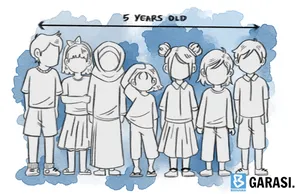How The Guardian grew its premium app offering
The Guardian was one of the first news organizations to embrace digital. They went from being the ninth-most read newspaper in the U.K. to a global news organization with an audience of over 155 million monthly browsers. Their journalism is watched, read and listened to around the world. They produce live blogs, podcasts and videos designed for multiple platforms and devices.
They’re also committed to the sustainable provision of open and independent journalism; The Guardian is not behind a paywall. Instead, they developed a new progressive business model that focuses on deepening relationships with readers and developing new revenue streams directly from those readers. Today The Guardian generates more income from readers than advertisers, a unique business model that has begun to inspire the wider media industry.

Guardian readers support their journalism through a combination of contributions, memberships and subscriptions, which includes their Premium app. They now have a significant number of subscribers to the premium tier of their app, which is steadily growing each week and has won a number of awards, including The Drum’s “App of the Year” award and the 2019 Webby award for mobile apps.
In a new case study published today, The Guardian goes into detail on the development of this app, which has fundamentally changed the way in which they operate, collaborate and develop new revenue streams. Their team consulted with the Google Play and Partner Developer Relations teams on ways to promote awareness of, and upgrades to, the premium tier of their app, which was specifically designed around the habits of its audience. You can read the case study on the Google News Initiative’s website.
Thanks to their reader-centric approach and growing suite of reader revenue initiatives, The Guardian’s revenues are growing, with digital revenues now at 55 percent of their total revenue—helping them achieve a digital transformation without putting up barriers to Guardian journalism.






